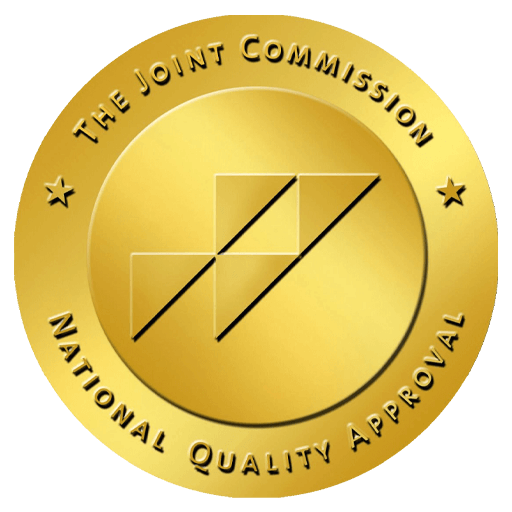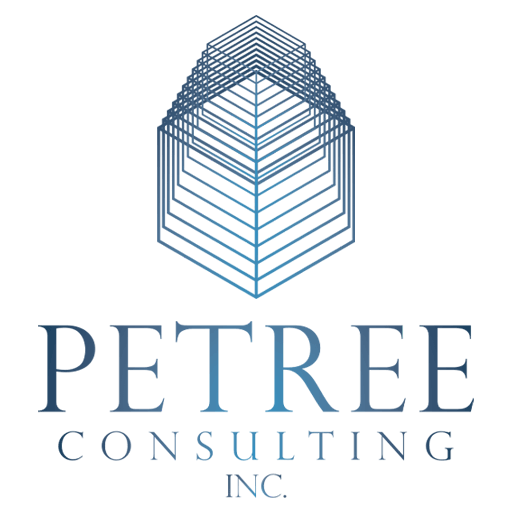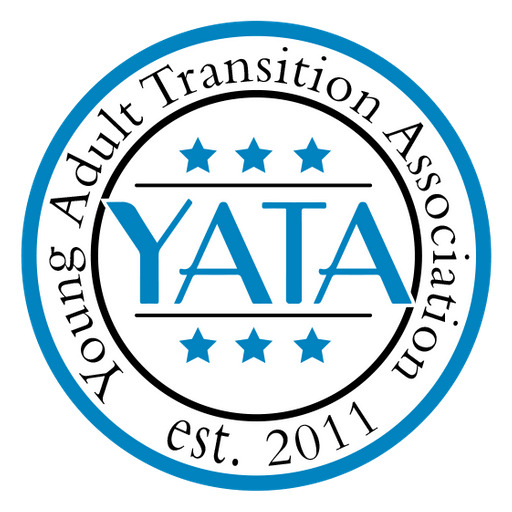Why Choose Encino for Treatment?
Encino, a charming enclave in California, is renowned for its serene environment, making it an ideal location for recovery. The residential treatment center Encino CA offers is nestled amid tranquil landscapes that provide a peaceful backdrop for healing. Those seeking a lifeline from the chaos of addiction often find solace in Encino’s calm ambiance, away from the triggers of bustling city life.
Beyond the natural beauty, Encino boasts a community of skilled professionals dedicated to mental health and addiction treatment. The expertise and dedication of staff at the residential treatment center Encino CA is a testament to the region’s commitment to transforming lives. These centers employ evidence-based practices and personalized care, ensuring a comprehensive approach to recovery. With a multitude of resources available, individuals have access to both traditional and innovative therapies.
Key Elements of Effective Treatment
What makes a treatment center effective? It’s a question that has guided my two decades of experience at My Limitless Journeys. Personalization is key. Each individual’s struggle with addiction is unique, requiring a tailored approach that considers personal history, co-occurring disorders, and specific goals. The residential treatment center Encino CA stands out by offering a diverse range of therapies from cognitive behavioral therapy (CBT) to dialectical behavior therapy (DBT).
In addition to personalized care, holistic approaches play a critical role. Treatments that incorporate mindfulness meditation, yoga, and art therapy provide individuals with tools to manage stress and emotions. These therapies underpin the core programs at the residential treatment center Encino CA, helping clients cultivate a balanced lifestyle beyond sobriety.
The third crucial element is aftercare planning. Recovery doesn’t end upon leaving a center. A robust aftercare plan is essential to prevent relapse and maintain long-term sobriety. Encino centers focus heavily on creating supportive networks through alumni programs, ensuring individuals are never alone on their recovery journey.
Common Challenges in Recovery
I’ve witnessed countless transformations, but they’re seldom straightforward. One significant challenge is emotional regulation. Many individuals enter a residential treatment center Encino CA with unresolved trauma or mental health issues that exacerbate addiction. Addressing these underlying problems is crucial. Through dual diagnosis treatment, our team at My Limitless Journeys helps patients navigate complex emotional landscapes.
Another hurdle is the rebuilding of social relationships. Addiction often strains or severs ties with loved ones. Rebuilding these relationships takes time, effort, and often, external counseling. Family therapy, as provided by numerous centers in Encino, aids in mending these bonds, creating a stronger support system for recovery.
The final challenge is preventing relapse. It’s a delicate dance of self-awareness and resilience. An individual’s ability to identify triggers and employ coping strategies learned during treatment is paramount. Continuous support through community meetings and regular check-ins is a staple at the residential treatment center Encino CA to reinforce these skills.
Frequently Asked Questions about Residential Treatment
The decision to enter a residential treatment center Encino CA often elicits questions and concerns. Here’s a look at some common inquiries:
- What should I pack for my stay? Bring essentials like clothing, toiletries, and a notebook. Avoid items like alcohol, drugs, or anything that may disrupt the healing process.
- Can I contact family during treatment? Most centers have policies that allow for limited contact with loved ones to ensure focus on recovery while maintaining supportive connections.
- Will my insurance cover the treatment? Coverage varies, so it’s important to verify with your provider and the treatment center. Many facilities offer financial counseling to assist with this process.
Daily Life in a Treatment Center
Ever wondered what a day inside a residential treatment center Encino CA looks like? The schedule is structured yet flexible, balancing therapy sessions, group activities, and personal time. Mornings often begin with mindfulness exercises or fitness classes to invigorate the body and mind.
Afternoons are dedicated to therapy, where individuals can delve deep into personal challenges. Whether it’s a one-on-one session or group therapy, these interactions foster introspection and camaraderie.
Evenings present opportunities for creative expression or educational workshops. Such holistic activities play a pivotal role in building a new, healthier routine. The sense of community within a residential treatment center Encino CA is a powerful catalyst for change, as clients support each other’s progress through shared experience.
My Limitless Journeys, for instance, emphasizes the importance of developing daily habits that can be maintained post-treatment, offering a foundation for sustained recovery.
What Qualifies as a Residential Treatment Center Encino CA Emergency?
An emergency at a residential treatment center Encino CA typically involves situations that threaten the safety or wellbeing of individuals. This could encompass a severe medical crisis, an emotional breakdown, or safety breach requiring immediate intervention.
Here’s what typically occurs during such emergencies:
- Immediate assessment by trained staff to gauge the severity of the situation.
- Enacting safety protocols, which might involve medical staff or emergency services.
- Providing emotional and psychological support to affected individuals.
Handling emergencies efficiently is critical for maintaining a safe environment conducive to healing and recovery.











